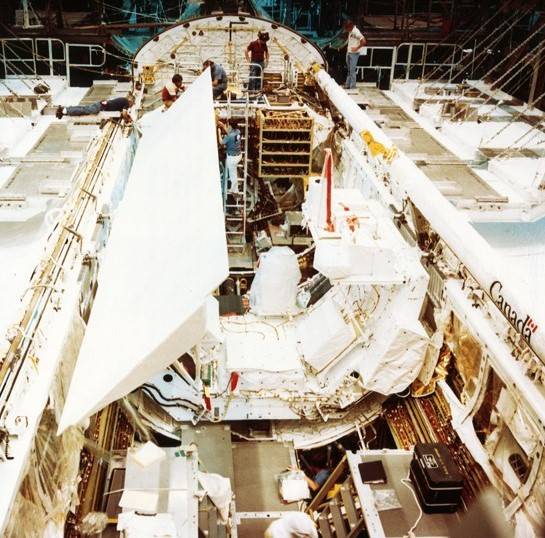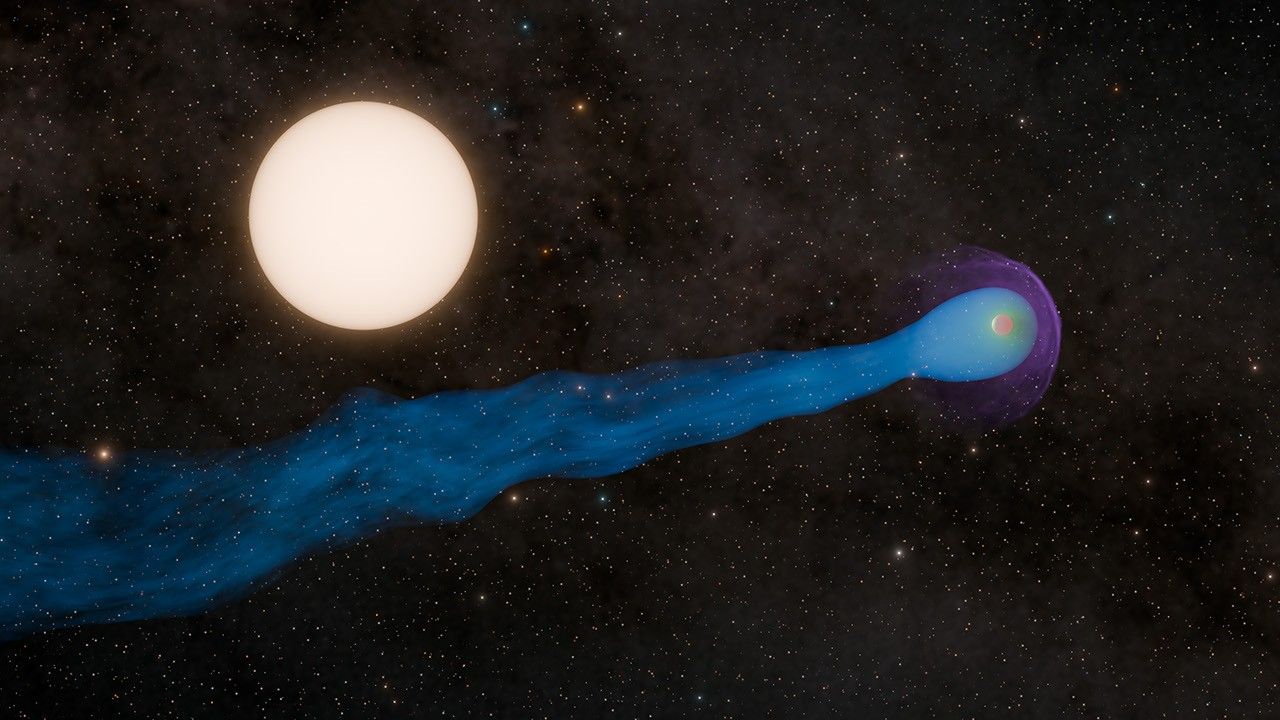As October 1981 drew to a close, the planned Nov. 4 launch of space shuttle Columbia on the STS-2 mission approached. Astronauts Joe H. Engle and Richard H. Truly completed their training for the planned five-day mission, the first time a crewed spacecraft made a second trip into space. At NASA’s Kennedy Space Center (KSC) in Florida, ground teams prepared the vehicle for launch, beginning the countdown on Oct. 31. They completed the loading of hypergolic fuel and oxidizer without a repeat of the spill in September that delayed the launch by almost one month. Engle and Truly arrived at KSC on Nov. 2 to begin their preparations for the launch attempt. The primary goals of their mission included the first operations of the Canadian-built Remote Manipulator System (RMS) and the first space shuttle science payload.


Left: STS-2 astronaut Richard H. Truly training on the use of the Canadian-built Remote
Manipulator System (RMS) in the shuttle trainer at NASA’s Johnson Space Center in
Houston. Right: STS-2 astronauts Joe H. Engle, left, and Truly inspect the RMS
after its installation in Columbia’s payload bay.
One significant prelaunch activity involved the reloading of hypergolic fuel and oxidizer into the shuttle’s reaction control system, an activity that on Sept. 22 resulted in a spill of nitrogen tetroxide oxidizer. Cleanup of the spill and repairs to the shuttle’s thermal protection system delayed the launch by nearly one month. The reloading on Oct. 22 was completed without a problem, clearing the way for teams at KSC to begin the countdown on Oct. 31. The 73-hour countdown included a number of built-in holds to allow ground teams to catch up on activities and actually took 102.5 hours. Liftoff was planned for 7:30 a.m. EST on Nov. 4.


Left: The OSTA-1 payload installed in Columbia’s cargo bay. Right: STS-2 astronauts
Joe H. Engle, left, and Richard H. Truly arrive at NASA’s Kennedy Space Center
in Florida for the Nov. 4 launch attempt.
Engle and Truly arrived at KSC on Nov. 2 and spent the next two days practicing landings in the Shuttle Training Aircraft and reviewing flight documentation. The planned five-day STS-2 mission marked the first reflight of a reusable spacecraft and the second of four orbital test flights of the space shuttle. Mission objectives for Engle and Truly included the first in-orbit tests of the RMS and the operation of the first space shuttle payload. They planned to put the RMS through its range of motions, but managers cancelled a planned full-up grapple test after a ground version of the RMS grapple end effector did not complete its certification test on time. The astronauts planned to bring the end effector close to the grapple fixture but not actually complete a grapple. The payload, designated OSTA-1 after its sponsor, NASA’s Office of Space and Terrestrial Applications, comprised a suite of seven instruments in the payload bay and the crew compartment designed for remote sensing of the Earth’s atmosphere, oceans, and land resources. The flight planned to test the shuttle’s ability to maintain a steady platform for these observations that required precise pointing of the instruments.






























